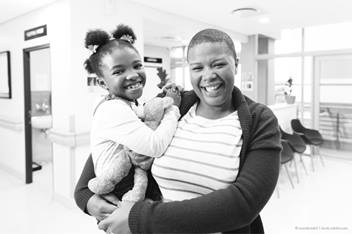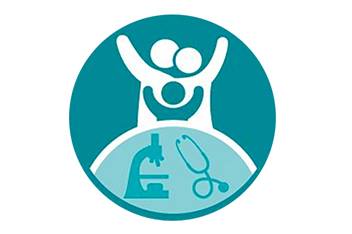Pedi-PART Study for Pediatric Emergencies
Phase: Recruiting
Other Study ID Number(s): Pedi-PART
When a child suffers a life-threatening illness or accident, Emergency Medical Services (EMS) is often the first on the scene and the first to perform life-saving medical methods to restore or maintain breathing before the child can get to the hospital.
The Pedi-PART study will determine which of the three airway management methods is best when caring for children who are critically ill and need emergency care because they have stopped breathing.
This study will compare 3 methods that are used every day by emergency medical providers to manage airways and support breathing. The three methods to be compared will be Bag-valve mask, endotracheal intubation, and a Supraglottic airway, which may also be called an SGA or could be called by a brand-name, such as i-gel.
In this study, providers will be assigned to use a different device each day. For example, if it is an odd day, the airway method assigned may be the SGA or i-gel and providers would use that method instead of bag-valve mask alone or intubation.
Risks and Benefits
Most of the risks in the Pedi-PART study are the same as the risks of standard care. If the assigned airway method doesn’t work well, providers will try another method, just like they would if there was no study. Potential benefits of the study intervention include faster airway management, which may result in fewer side effects and better results or outcomes after receiving emergency care. Since we don’t know which of the 3 methods is best, we don’t know which group will experience risks or benefit, if any.
Because treating a child who stops breathing must be done immediately, there may not be time to ask parents for permission to enroll their child. Parents will be notified after their child is enrolled and will decide if they want to continue to participate.
Learn more about the Pedi-PART study and provide your feedback by visiting our website: The Pediatric Prehospital Airway Resuscitation Trial (Columbus, Ohio) - Center for Injury Science | UAB



